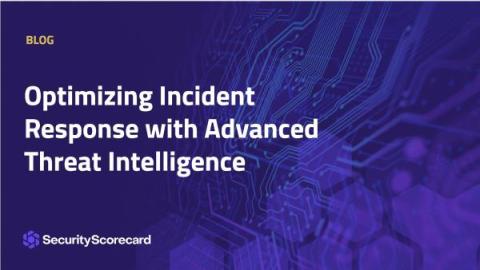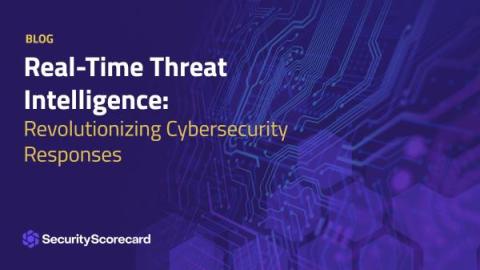Security | Threat Detection | Cyberattacks | DevSecOps | Compliance
Threat Intelligence
The CISO's next priority isn't technology. It's building a great Employee Experience
Celebrating Milestones: Partnerships, ThreatQ Academy, and Award Wins
Staying ahead of threats requires not only innovation but also strategic partnerships and continual learning. Over the recent past, our journey has been marked by significant achievements, showcasing our commitment to excellence and collaboration within the industry.
Threat Intelligence: A Game-Changer for Small and Medium-sized Businesses
Cybersecurity is a critical concern for businesses of all sizes. For small and medium-sized businesses (SMBs), the growing complexity of cyber threats poses a unique challenge. This is where threat intelligence comes in as a game-changer, offering SMBs a way to enhance their cybersecurity measures effectively.
Utilizing Threat Intelligence to Mitigate Cyber Risks
In an age where digital threats are constantly evolving, understanding and mitigating cyber risks is crucial for businesses of all sizes. Advanced threat intelligence plays a vital role in this process, providing the insights needed to identify, assess, and effectively respond to cyber risks. Let’s discuss how businesses can leverage threat intelligence to enhance their cybersecurity posture and protect against the ever-changing landscape of cyber threats.
Optimizing Incident Response with Advanced Threat Intelligence
In today’s cyber landscape, rapid and effective incident response is crucial for organizations to mitigate the impact of cyber attacks. Advanced Threat Intelligence (ATI) is emerging as a key player in enhancing incident response strategies. This blog post aims to elucidate how modern threat intelligence tools refine and improve these strategies, equipping organizations with the necessary insights and agility to respond to cyber threats efficiently.
Real-Time Threat Intelligence: Revolutionizing Cybersecurity Responses
Cyber threats emerge and evolve at an astonishing pace, and the ability to respond quickly and efficiently is more crucial than ever. Real-Time Threat Intelligence has become a vital tool in this ongoing battle, providing organizations with the agility and insight needed to counteract these threats effectively.
What is Cybersecurity threat intelligence sharing
Knowledge is power and collaboration is key for organizations to continuously adapt and improve their security measures in order to stay ahead of cybercriminals. An effective way to stay ahead is by enhancing an organization's security posture through cybersecurity threat intelligence sharing.
The Future of Cyber Threat Intelligence: 10 Trends and Predictions
In the ever-evolving world of cybersecurity, staying ahead of threats is not just a matter of strategy but of survival. Cyber threat intelligence (CTI) has become an invaluable tool in this ongoing battle, helping organizations predict, prepare for, and respond to cyber threats more effectively. As we look to the future, several emerging trends and technological advancements are set to redefine the landscape of CTI.











